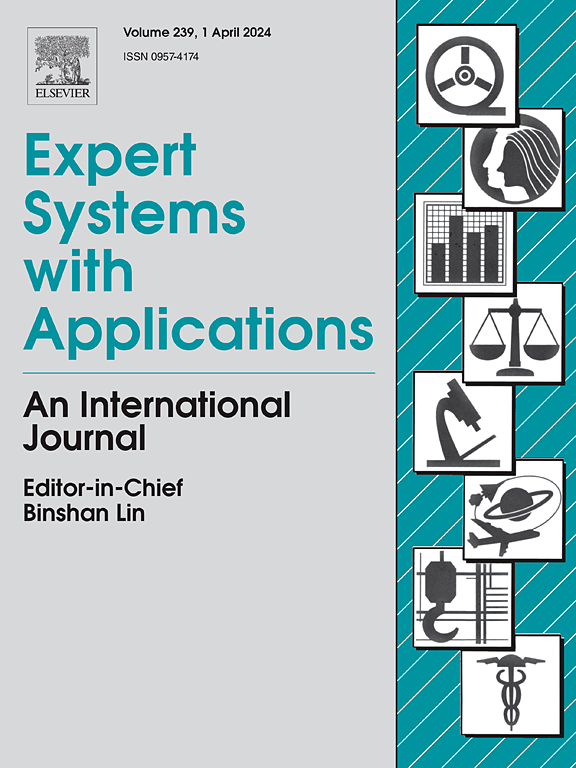Reliable forecasting non-linear triaxial mechanical response of recycled aggregate concrete by knowledge-enhanced, modified, explainable and replicable machine learning algorithms
IF 7.5
1区 计算机科学
Q1 COMPUTER SCIENCE, ARTIFICIAL INTELLIGENCE
引用次数: 0
Abstract
The constitutive modelling is the only method to describe the triaxial stress–strain behavior of cement-based materials while its theoretical deduction, modelling parameters determination and numerical calibrations made it difficult to be further applied. To overcome the limitation of constitutive modelling, a comprehensive machine learning (ML) approach, including Artificial Neural Network (ANN), Gaussian Process (GP), Gradient Boosting (GB) and Optimized Gaussian Process (OGP) was firstly proposed to predict triaxial mechanical behavior of recycled aggregate concrete (RAC). The data augment technology was employed to increase the training data size from 249 to 580, effectively improving the generalization performance. The performance statistics of the aforementioned ML models were compared and validated by R2, MAE, RMSE, and Taylor diagram, showing that the OGP had the best study ability and prediction accuracy. The 99 % prediction results generated by the OGP model concentrated within the ± 10 % confidence interval (R2 = 0.991, MAE = 1.04, RMSE = 0.122). Furthermore, to address the black box nature of ML models, the shapley additive explanation and partial dependence analysis were employed to elucidate the underlying arithmetic mechanism. Finally, the best OGP model was compared with previous constitutive method and further utilized to validate its applicability. Unlike classical constitutive modeling, which requires specialized expertise, the proposed ML approach, available as open source at https://doi.org/10.13140/RG.2.2.15784.89608, offered an accessible and effective solution for predicting triaxial behavior with experimental data.

求助全文
约1分钟内获得全文
求助全文
来源期刊

Expert Systems with Applications
工程技术-工程:电子与电气
CiteScore
13.80
自引率
10.60%
发文量
2045
审稿时长
8.7 months
期刊介绍:
Expert Systems With Applications is an international journal dedicated to the exchange of information on expert and intelligent systems used globally in industry, government, and universities. The journal emphasizes original papers covering the design, development, testing, implementation, and management of these systems, offering practical guidelines. It spans various sectors such as finance, engineering, marketing, law, project management, information management, medicine, and more. The journal also welcomes papers on multi-agent systems, knowledge management, neural networks, knowledge discovery, data mining, and other related areas, excluding applications to military/defense systems.
 求助内容:
求助内容: 应助结果提醒方式:
应助结果提醒方式:


